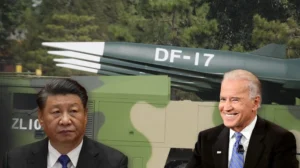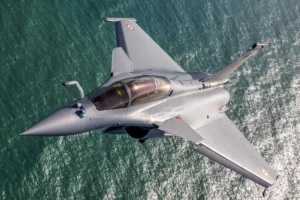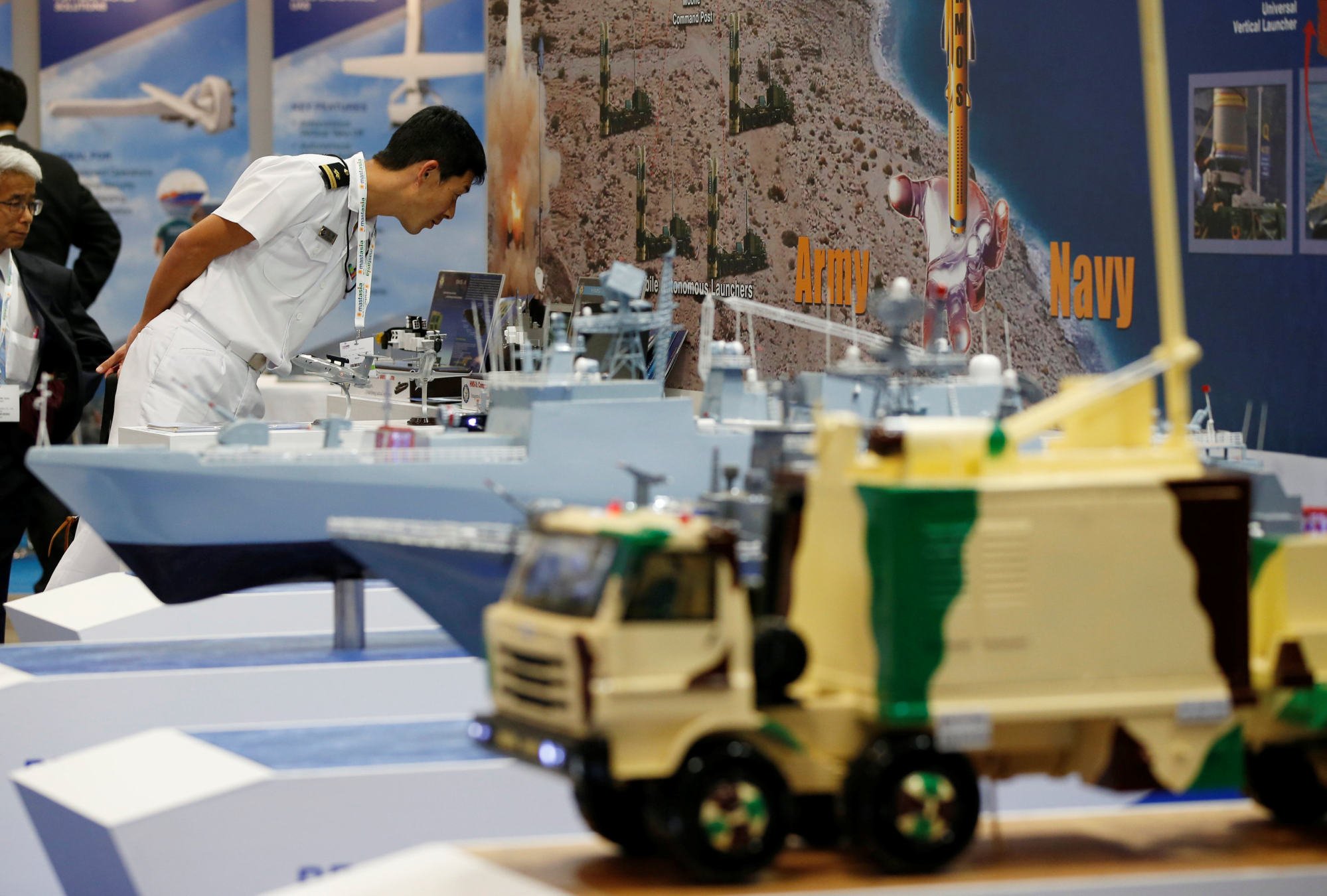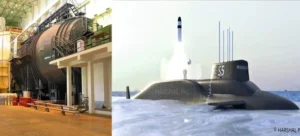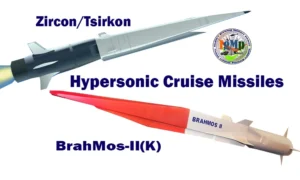Source : South-China Morning Post (SCMP)
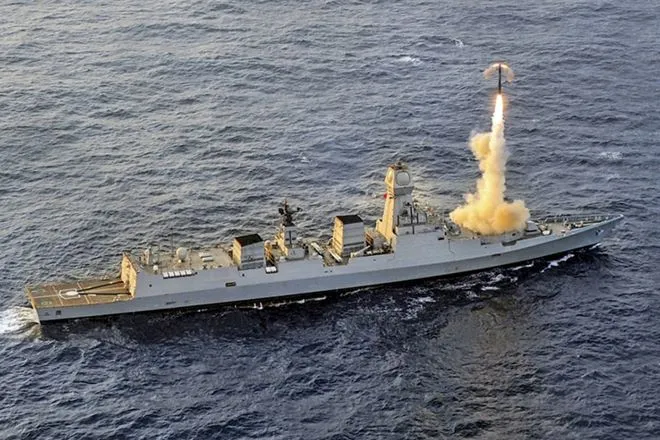
India courts South East Asia with affordable missiles amid South China Sea rows, Russia-Ukraine war
The recent surge in India’s arms sales to Southeast Asia, particularly the Philippines and Indonesia, points to New Delhi’s desire to become a key arms supplier in a bid to stem China’s growing assertiveness in the region, analysts said.
Last month, India-based defence firm BrahMos Aerospace said it was in advanced discussions with Jakarta on a US$200 million supersonic cruise missile deal.
BrahMos is a joint Indian-Russian venture that makes multi-platform cruise missiles which fly at supersonic speed with pinpoint accuracy and deadly power.
With its eye on the Southeast Asian market, the company clinched its first foreign deal last year with a US$375 million sale of anti-ship missiles to the Philippines.
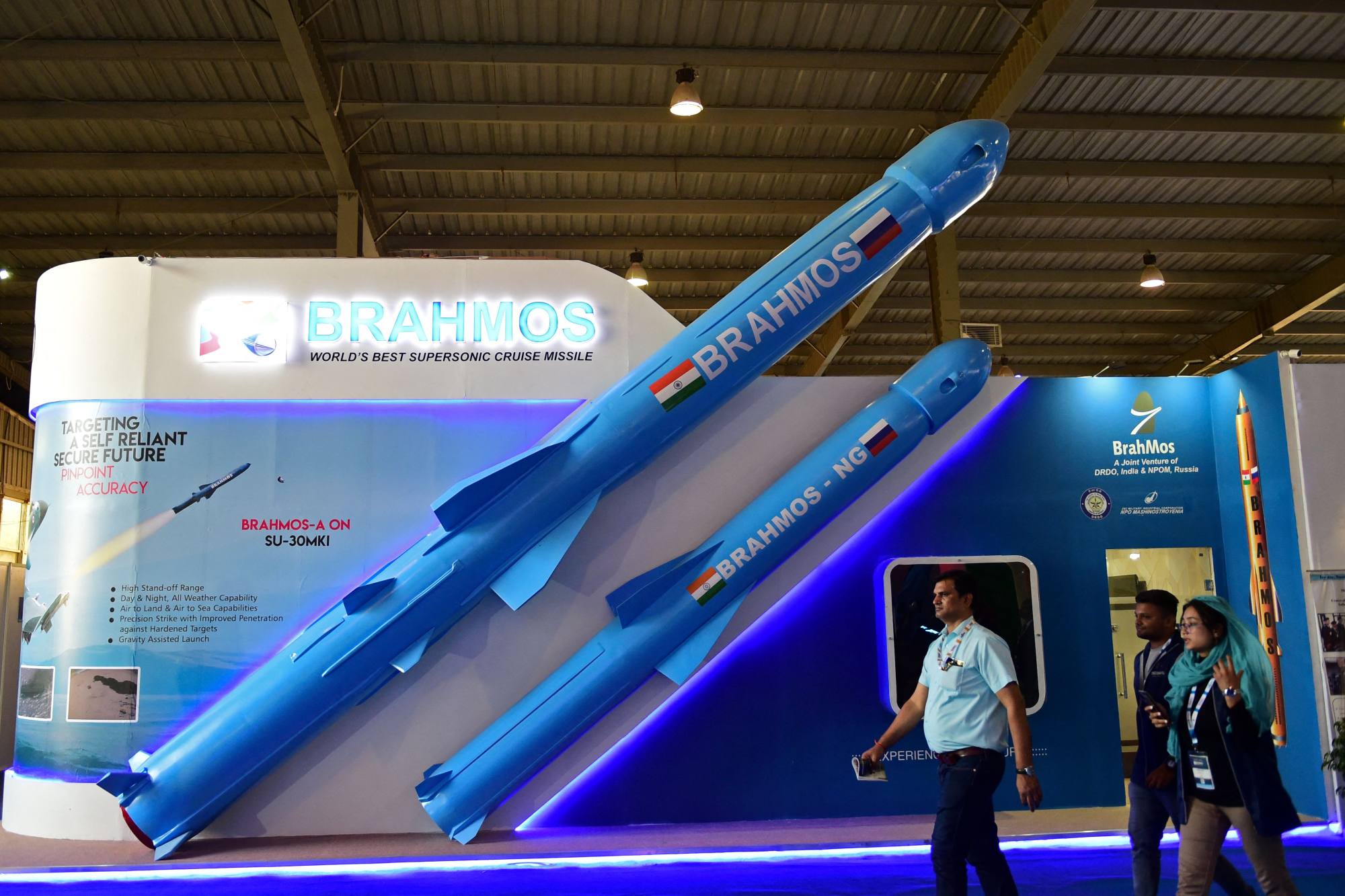
The moves are part of Indian Prime Minister Narendra Modi’s ambitious push to triple defence exports – which were US$1.8 billion dollars last year – to US$5 billion over the next two years.
Yogesh Joshi, a research fellow at the National University of Singapore’s Institute of South Asian Studies, said there was no doubt India wanted to emerge as a major arms supplier, especially in high-end and low-cost weapons exports that could boost the country’s “nascent but promising” domestic arms industry.
“It will also create an economy of scale for domestic consumption,” Joshi said.
Last year, India’s defence ministry proposed that it would buy almost US$1 billion worth of equipment from domestic manufacturers.
Southeast Asian countries can escape the Sino-US conflict by buying more from India rather than Western powers
The sale of BrahMos missiles to Southeast Asian states that have territorial or resource conflicts with China in the South China Sea, would also undermine Chinese efforts “to establish its military superiority in the region”, Joshi said.
“The more the People’s Liberation Army Navy is bogged down in the South China Sea, the less it will be capable of projecting power in the Indian Ocean,” he said, adding that arms sales provided India “some leverage” within the region because military dependencies will exist for decades.
“Southeast Asian countries can also escape the Sino-US conflict by buying more from India rather than Western powers, which will draw greater ire from China,” Joshi said.
Recent geopolitical events involving Russia – a major arms producer – may also affect Delhi’s regional ambitions.
However, Ian Storey, a senior fellow at the ISEAS-Yusof Ishak Institute in Singapore, said that India could not serve as an alternative arms vendor to Russia, because it produces so little.
“In Southeast Asia, the gap created by declining Russian arms sales will be filled by South Korea, European and US defence companies,” he said.
Russia’s share of global arms exports fell from 22 per cent in 2013-17 to 16 per cent in 2018-22, according to the Stockholm International Peace Research Institute (SIPRI).
In the meantime, South Korea has risen to become the eighth-largest arms exporter, carving out a 2.8 per cent share over the five years to 2021, compared to just 1 per cent the previous five years, SIPRI data shows.
Earlier this year, Korea Aerospace Industries sealed a US$920 million deal to export 18 FA-50 light-attack aircraft to Malaysia, which is said to be considering an additional 18 aircraft.
Apart from the Philippines and Indonesia, Vietnam is also considering buying BrahMos, Storey said, although Hanoi was increasingly looking to Europe, Israel and South Korea to meet its defence needs.
But since defence ties between Moscow and Hanoi go back decades, “switching from Russian to other foreign kit could be expensive and time-consuming”, Storey said.
Russia was Vietnam’s top arms provider from 2017 to 2021, accounting for 56 per cent of Hanoi’s total imports, according to the SIPRI.
Akash Sahu, an analyst of Indo-Pacific geopolitics and Southeast Asian studies, said India’s increased focus on Southeast Asia, including in defence, was part of its larger “Act East” policy aimed at boosting economic and strategic relations and bolstering India’s standing as a regional power.
While the war in Ukraine has strained Russia’s arms-manufacturing capacities, Sahu said India’s exports of defence products were not solely dependent on Moscow because of an active drive to attract original-equipment manufacturers to produce and expand operations in India.
India’s Minister of State for Defence Ajay Bhatt said last week that the government had given approval to 45 companies and joint ventures to manufacture defence equipment in the country.
“A robust economy and large workforce can allow India to meet the demands for [a] boost in defence production,” Sahu said.
Pankaj Jha, professor of strategic studies at O.P. Jindal Global University in India, said revenue earned from arms exports could be used to fund the research and development of new weapon systems and allow Delhi’s defence industry to finally become more self-sustaining.
India was also exploring the possibility of supplying critical weapons systems, Jha said, as well as light combat helicopters and torpedoes.
“India cannot act as an alternative to Russia, but it has developed its own acumen in terms of developing products such as radars, short-range missiles and communication equipment,” Jha said.
Daniel Markey, senior South Asia adviser at the US Institute of Peace, said India-manufactured BrahMos systems were especially attractive to Southeast Asian countries not just for their capabilities but also their “reasonable price”.
“I cannot immediately think of another major system made in India with the same appeal,” Markey said, adding that Indian officials have indicated they want to become net exporters of arms and improve the country’s ability to innovate without foreign involvement.
“But progress is slow and success will be years away, India cannot flip a switch and fill gaps left by Russia, but in theory, at least, it is well-placed to try, in part because it could hit lower cost points than US or European manufacturers,” Markey said.
Manufacturing the latest and most advanced BrahMos cruise missile variant in India costs about US$4.85 million each, according to India’s defence ministry, while hypersonic missiles produced elsewhere cost at least three times that amount.
“Although India has been willing to continue working with Russia despite the war and sanctions, one major question will be whether Russia can continue to work with India, or if Moscow’s tightening ties with Beijing might preclude that,” Markey said.
“This is New Delhi’s nightmare, as it would leave India without access to Russian arms at the same time as China appears more threatening along the border.”
Russia continues to be India’s largest arms supplier, even though its share of Delhi’s defence imports fell from 62 per cent to 45 per cent between 2017 and 2022.



